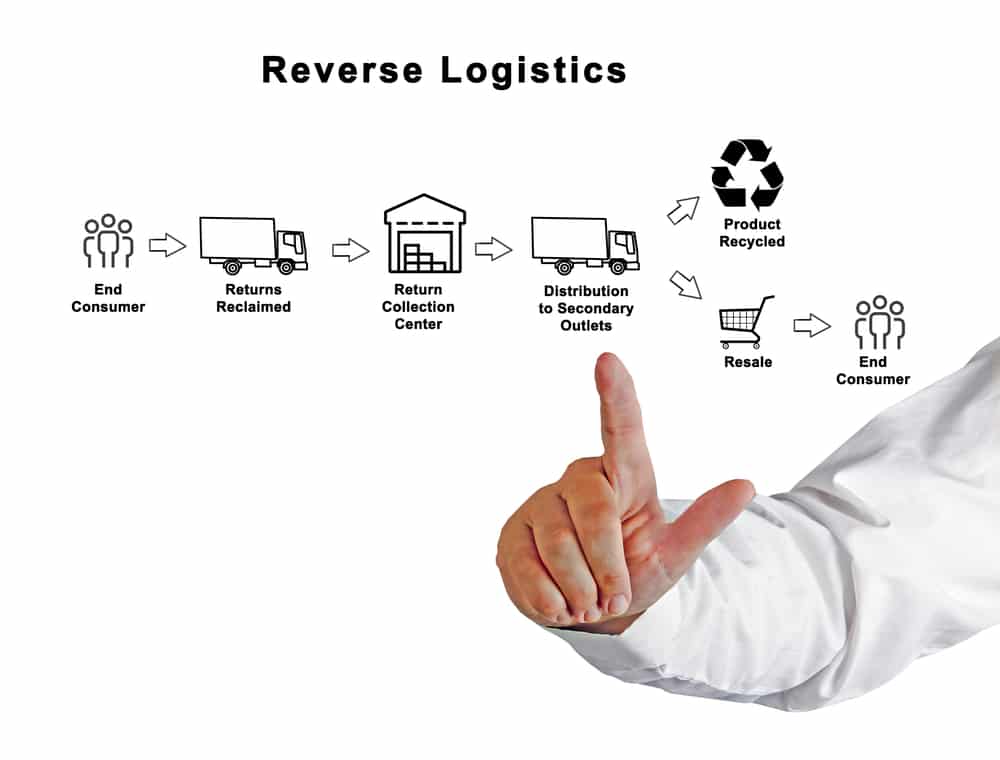Setting Basic Reverse Logistics Priorities: Top 3 Must Do's

Reverse logistics and specifically products returns have been an overlooked part of the supply chain. Areas like warehouse management, transportation and inventory have been rightfully optimized in years’ past, but it’s only recently that brands are examining reverse logistics opportunities.
When we work with retailers, eCommerce brands, manufacturers and 3PLs, some of our first questions are about priorities: Which parts of your returns process is the most complicated? Most costly? Where is there confusion among employees or frustration among customers?
Different enterprise businesses will have different areas of returns logistics to emphasize or improve. And many are overwhelmed and aren’t sure where to start. Here the top three areas we recommend targeting when optimizing reverse logistics and product returns.
Self-service customer tools
Whether you are a B2C, B2C or hybrid brand, your customers should be able to easily return a purchase. In fact, customers routinely report that a fast and easy returns experience will make them want to buy from a brand again.
When determining your reverse logistics priorities, ensure you have a branded and easy returns process set up that includes a branded portal, self-service returns initiation and real-time tracking, convenient return methods (such as at partner locations) and easy exchanges.
Returns processing
The majority of returns costs are in returns processing. You have to consider expenses for administrative customer contact, upfront returns authorization, status requests and refund processing. You’re also dealing with physical processes like receiving, checking, stocking and shelf handling. There are hidden costs like product value erosion while returns are being processed.
For many enterprise organizations, returns processing is a top priority. We recommend first ensuring you have unified data across locations, building standardized workflow configurations that fit your business priorities, and gaining advanced business intelligence so you get a 360-degree view of operations for smarter decision making.
A single view of the returns process
Many brands still rely on a patchwork of tools to manage product returns: A WMS manages a piece here, an OMS manages a piece there…but there’s no solution offering a global view of the end-to-end returns process.
The third priority we recommend when optimizing reverse logistics is ensuring your returns management solution fully integrates with other supply chain technology. Whether it’s an ERP, eCommerce platform or a point-of-sale system, a top priority should be connecting the entire returns lifecycle, from purchase to disposition.
